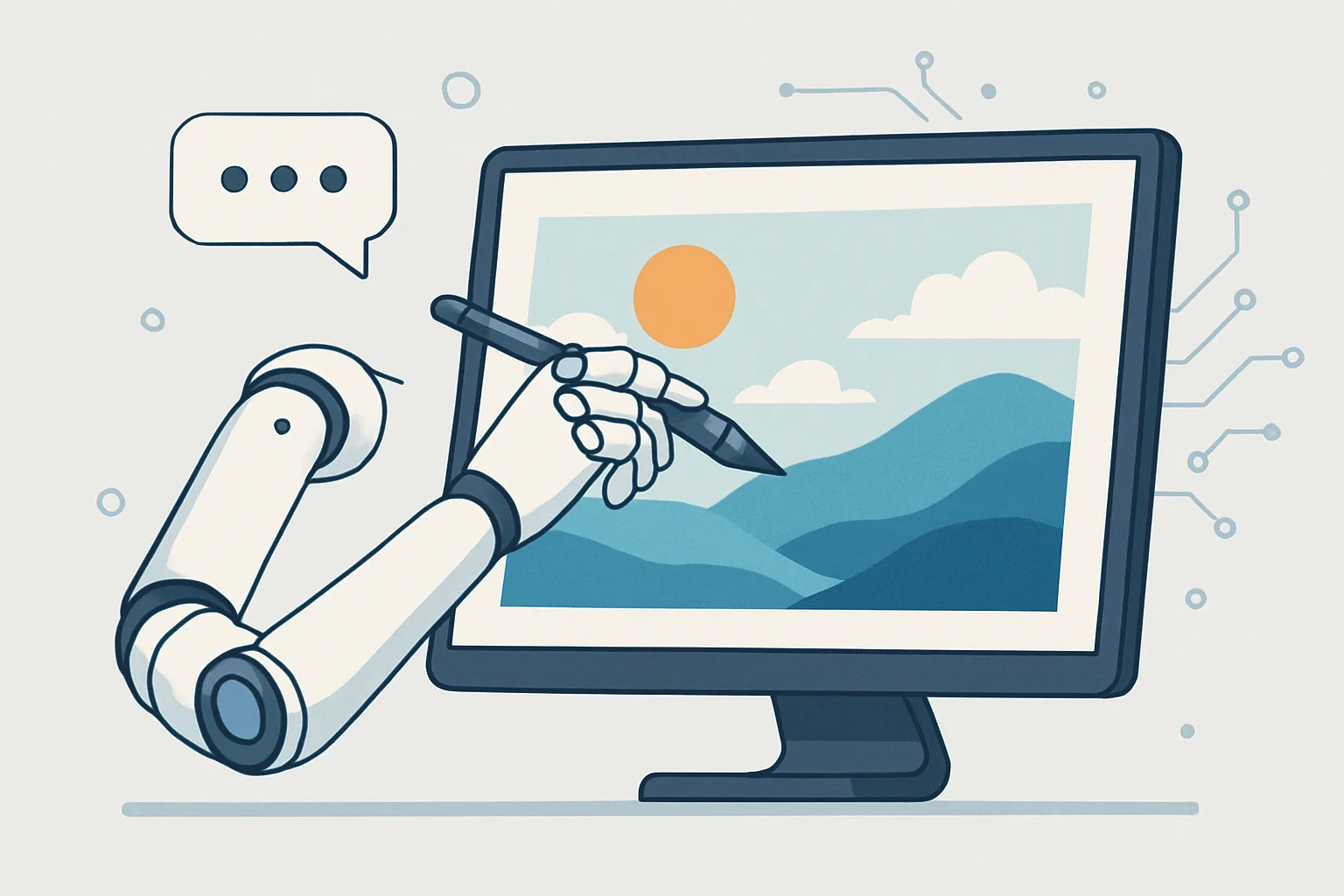As artificial intelligence becomes more embedded in creative processes, one question looms large: Who owns the work it creates? Specifically, when it comes to AI-generated images, does the user, the platform, the developer—or no one at all—own the output?
The answer is far from simple. In fact, it’s one of the most complex and unsettled areas of intellectual property law today. This article explores how AI image generation works, the various interpretations of image ownership, what legal frameworks currently say (or don’t say), and how users, creators, and developers can navigate this emerging digital frontier.
What Are AI-Generated Images?
AI-generated images are visual artworks created by machine learning algorithms trained on massive datasets of pre-existing images. These systems—often called generative AI—don’t merely copy existing art. Instead, they synthesize new images based on learned styles, patterns, and user prompts.
Common technologies include:
- Generative Adversarial Networks (GANs)
- Diffusion models
- Transformer-based image models
Users input prompts, and the AI system outputs images that often resemble human-created works in composition, style, or theme—but are technically “original.”
Who Could Claim Ownership?
1. The End User (You)
You input the prompt, you get the image. Naturally, most users assume they own the result. But in most cases:
- You don’t hold copyright under traditional law because you didn’t create it with direct human skill.
- Some platforms grant commercial use rights, but this is different from ownership or copyright.
2. The AI Platform or Developer
The company or developer providing the AI tool may assert:
- License restrictions over how the image can be used
- That they own or control usage rights, especially for monetization or resale
- Terms of Service (ToS) often state the user gets limited rights, not full ownership
However, asserting copyright for something the company didn’t “authentically” create is also problematic in some jurisdictions.
3. No One (Public Domain Argument)
In certain regions (notably the U.S. under current guidance), if a work lacks human authorship, it may fall into the public domain automatically. That means:
- Nobody can claim exclusive rights
- Anyone can use or modify the image freely
- This introduces uncertainty and potential conflict over exclusivity or monetization
Current Legal Landscape
The law varies by country, and often there is no specific legislation addressing AI-generated images directly. Key trends include:
- United States: The U.S. Copyright Office has stated that images created entirely by AI cannot be copyrighted because they lack human authorship. Partial copyright might be granted if significant human editing is involved.
- UK, Australia, and Canada: Some laws allow copyright for computer-generated works, but ownership may default to the person who initiated the process.
- EU: The legal treatment is evolving. The EU is working on broader AI regulations, but copyright ownership of AI output remains ambiguous.
Because legislation lags behind technology, most cases rely on Terms of Service agreements and contract law, not statutory copyright.
The Role of Terms of Service (ToS)
Since copyright law often doesn’t cover AI output, platform terms determine your actual rights. These terms usually address:
- Commercial usage
- Modifications and derivatives
- Attribution requirements
- Exclusivity or resale rights
- Liability protections (e.g., if someone claims infringement)
Always check whether the platform:
- Transfers ownership
- Licenses usage (with or without attribution)
- Places the content in the public domain
Can You Sell AI-Generated Images?
Yes, you can sell AI-generated images, but with caution:
- You may be granted license to use and sell them by the AI tool’s ToS
- But you may not own copyright, meaning someone else could use or replicate the same image legally
- You should avoid using AI-generated images that resemble real people or copyrighted characters
In essence, selling is often allowed under license, but enforcement is limited without traditional IP rights.
Ethical Considerations
Beyond legality, there are growing ethical concerns:
- Training on copyrighted works: Many AI models are trained on datasets scraped from the web, including art from creators who didn’t consent
- Style mimicry: AI can replicate the visual style of living artists, raising concerns about artistic identity theft
- Flooding the market: AI art saturation may devalue traditional or hand-made creative work
As a result, some artists and organizations advocate for stronger protections and transparency in AI datasets and usage.
Best Practices for Users
If you’re using AI-generated images for personal or commercial use:
- Read the Platform’s ToS carefully
- Keep documentation of your prompts and results for traceability
- Avoid infringing prompts (e.g., generating images “in the style of” copyrighted artists)
- Be honest in disclosure, especially if selling or distributing images
- Consider remixing or editing AI outputs if you want to assert more ownership or copyright claims (where allowed)
The Future of Ownership in AI Art
The debate over who owns AI-generated images is still unfolding. Likely developments include:
- New copyright legislation that defines digital authorship
- Watermarking AI output to differentiate from human-made works
- Opt-in/opt-out frameworks for artists to control training data use
- Blockchain registration systems for verifying AI image authorship and use rights
For now, the safest path is to understand your rights under platform rules and avoid assumptions about automatic ownership.
Conclusion
AI-generated images exist in a legal gray area where traditional copyright laws often fall short. While you may have the right to use and profit from AI-created content, ownership in the classical sense may not be yours. Until laws evolve to reflect this new form of creativity, understanding and respecting platform terms—and the broader ethical landscape—is your best safeguard.


